Running tech has exploded in the past few years, with watches, shoe inserts, smart shoes, and now even smart rings. So where does the Ultrahuman Ring AIR fit into the mix? Our review of a new wearable for HR and so much more.
There are various types of fitness trackers available today. Which is great because you can ultimately find something that meets your personal preferences.
If you want to track your data but prefer not to wear a watch 24/7, you may like the Ultrahuman Ring AIR. Some of you are similar to Coach Amanda who really hates wearing watch to sleep, but is interested in things like resting HR.
The quick rundown is that Ring AIR is a smart ring that monitors your sleep, movement, and recovery. So it’s basically going to monitor very similar things to your GPS watch, but it’s smaller, with no screen, and is going to give a bit more data than you may be used to.
The real question, though, is whether it’s worth the price, or if you’d be better off spending that money on a new pair (or two) of running shoes instead.
I tested it out to see if it actually delivers on he hype and if the data makes this extra accessory worth it.
Ultrahuman Ring AIR Overview
The Ultrahuman Ring AIR is a smart ring that takes your data one step beyond what your fitness watch can deliver.
There’s no subscription fee, no data plan required, just a simple ring that connects to an app and delivers impressively accurate insights.
Sounds a little too good to be true, right?
After testing it for a few weeks, I’ve honestly been blown away by the accuracy and the amount of detail layered into each metric.  I’ll admit, I’m sometimes on the fence about my watch data since it’s only one piece of the puzzle. But with the Ultrahuman Ring AIR, the only thing it doesn’t cover is nutrition and hydration. Unless you also use their M1 Live glucose sensor, which our team didn’t test.
I’ll admit, I’m sometimes on the fence about my watch data since it’s only one piece of the puzzle. But with the Ultrahuman Ring AIR, the only thing it doesn’t cover is nutrition and hydration. Unless you also use their M1 Live glucose sensor, which our team didn’t test.
The only time the Ring AIR felt a little questionable was during strength workouts. I usually swap to a rubber ring when I’m lifting, just in case my fingers swell and I need to get it off quickly.
With the Ring AIR, it not only got in the way a bit, but after just one lift, I noticed a bunch of tiny scratches to the outer shell.
Ultimately, this really comes down to personal preference. If having detailed data from strength workouts is important to you, the scratches aren’t a super big deal.
For me, it wasn’t a deal breaker, because the amount of data it tracks 24/7 is worth it.
Ultrahuman Ring AIR Specifications
- Weight: 2.4-3.6 grams varies by size
- Outshell Material: fighter jet grade Titanium reinforced with Tungsten Carbide Carbon coating
- Innershell Material: coated with medical-grade hypoallergenic epoxy resin
- Battery Life: 4 to 6 days
- Connectivity: Bluetooth Low Energy
- Sizes: 5-14 (free sizing kit is available)
- Waterproof: up to 100 meters for up to 12 hours
- Subscription Fee: no recurring fees or extra payments
- Warranty: 12 months
- Ability to use HSA/FSA
- Available in 6 colors
- Available from Ultrahuman.com for $349
- Use code RTTF10 for 10% off your order
Quick Take Pro’s and Con’s
- Super lightweight
- Multiple notifications when the battery is running low
- Does not irritate your skin
- Free sizing kit to make sure you get the perfect fit
- Not ideal to wear while lifting weights
- Easily get scratches if you hit it against something
- So much data, it can feel overwhelming
- Short battery life
Fit and Feel
I’ll admit, I was a little worried that Ultrahuman Ring might feel bulky or distracting. But once I started wearing it, I realized it wasn’t any more noticeable than my wedding rings.
The ring is super lightweight, and after a while, I almost forgot I was wearing it. Now and then, I’d catch myself spinning it around like a fidget toy, and while I’m not sure if that impacted the data, it definitely showed just how comfortable it felt during the day.
The only time it really bothered me was overnight. If I rolled onto my hand or slept in a strange position, the ring could feel a little irritating, enough that I considered taking it off.
One of my bigger concerns was skin sensitivity since I usually react to jewelry. Thankfully, I had no issues here… no redness, no irritation, and no rashes, which was a big win.
It’s important that your Ultrahuman Ring AIR fits just right for the best data accuracy. If you’re unsure about your size, they’ll send you a free sizing kit before placing your order.
Ultrahuman App
All data from your Ultrahuman Ring AIR is displayed in the Ultrahuman app. And trust me, there’s A LOT of data. Even after wearing the ring for a few weeks, I’m still exploring all of the different metrics and learning what they mean.
At the beginning, to get the most accurate results, you’ll need to wear the ring consistently for at least 15 days.
Once the data started populating, I compared it to what my watch was tracking, including HRV, heart rate, VO2 Max, and sleep. The numbers were usually only a few points apart, which gave me confidence that the ring is doing a solid job on accuracy. 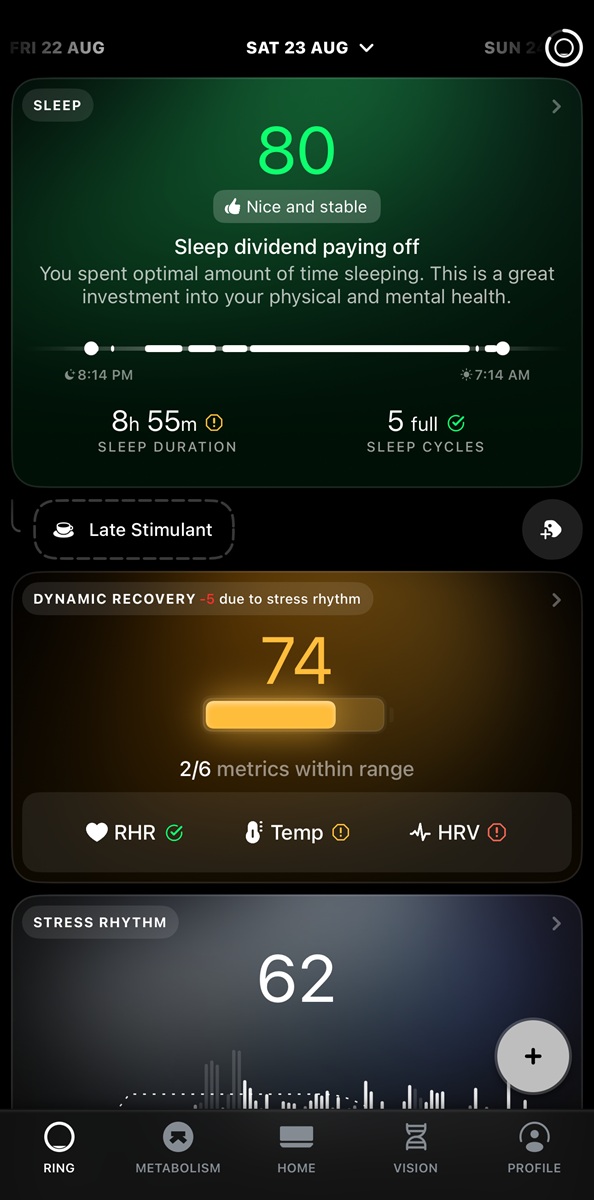
The app can feel a little overwhelming at first due to the amount of information it provides. However, the good news is that it doesn’t just throw numbers at you. It also offers explanations of what those metrics mean and actionable tips on how to improve them.
Battery Life
I’m used to wearing a COROS watch, which has a battery that lasts for almost a whole month, if not a little longer. So, when the first notification popped up on my phone to charge the ring, I was a little disappointed because it had only been 6 days.
In the Ultrahuman app, you can pick between three different battery usage modes:
- Turbo Mode – uses all the sensors at full intensity for all-day tracking
- Chill Mode (default)- uses the sensors for tracking during sleep and restful periods and during movement
- Critical Battery Mode– basic tracking mode to preserve your battery
The rechargeable, non-replaceable battery will last 4-6 days on a full charge.
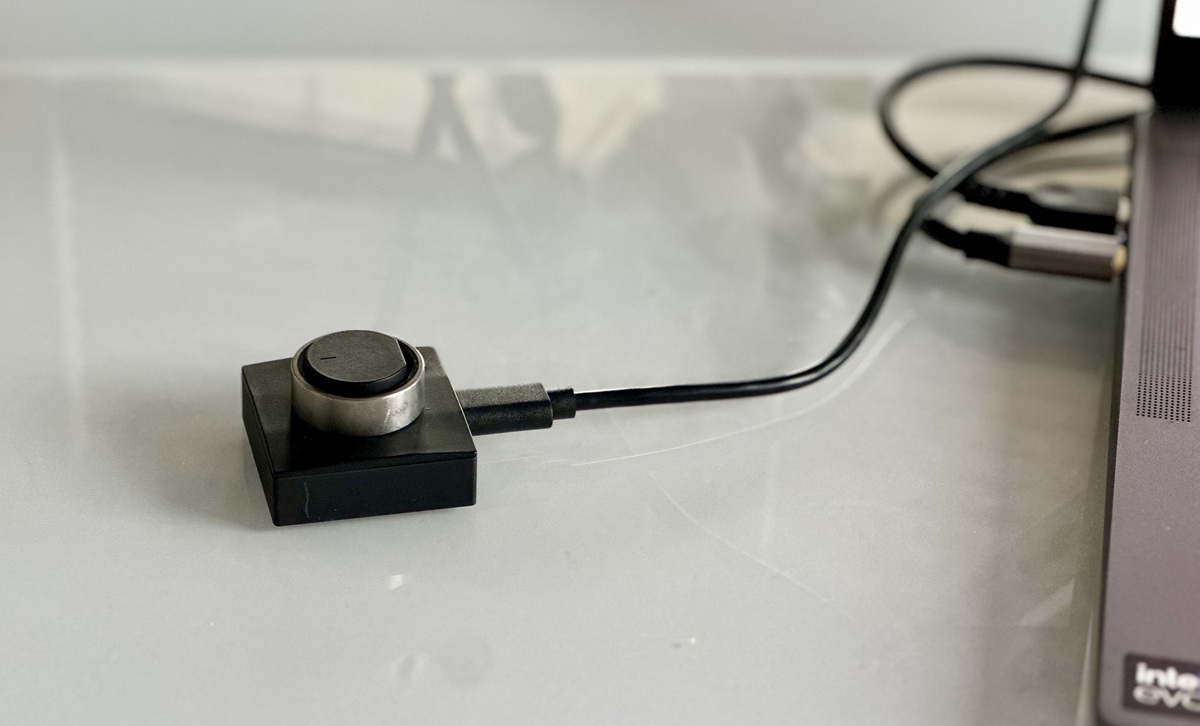
The app will send notifications to your phone when your Ultrahuman Ring AIR needs to be charged so that you’re not walking around with a dead device. Once putting the ring on the charging dock, it will take 180 mins to charge fully.
Activity Tracking
As we already mentioned, the Ultrahuman Ring AIR tracks a lot of metrics. We will look into more details of some of these, but here’s some of the data you can expect to track:
- Daily step count
- Daily distance covered
- Calories Burned
- VO2 Max
- Afib detection
- Sleep metrics
- Body Temperature
- Workouts
- Cycle and Ovulation
- Recovery
- Stress
Depending on what watch you’re already using to track workouts, some of these metrics might look familiar. But what I’ve noticed with the Ultrahuman Ring is that it doesn’t just show the numbers, it peels them back layer by layer, giving you a deeper look at what’s really going on.
If you’re the kind of person who geeks out on data, you’re going to love digging through all of these!
Sleep Tracking
The Ultrahuman Ring AIR provides data about your sleep that I have never received from a watch before. I find it fascinating to look through the sleep data every day.
Here are a few of the things that it will tell you from the night’s sleep:
- Sleep stages
- Any HR changes, especially when it drops lower
- Tosses and turns during sleep
- Temperature changes
- HRV
- Morning Alertness
- Unique tags ie. up later than normal
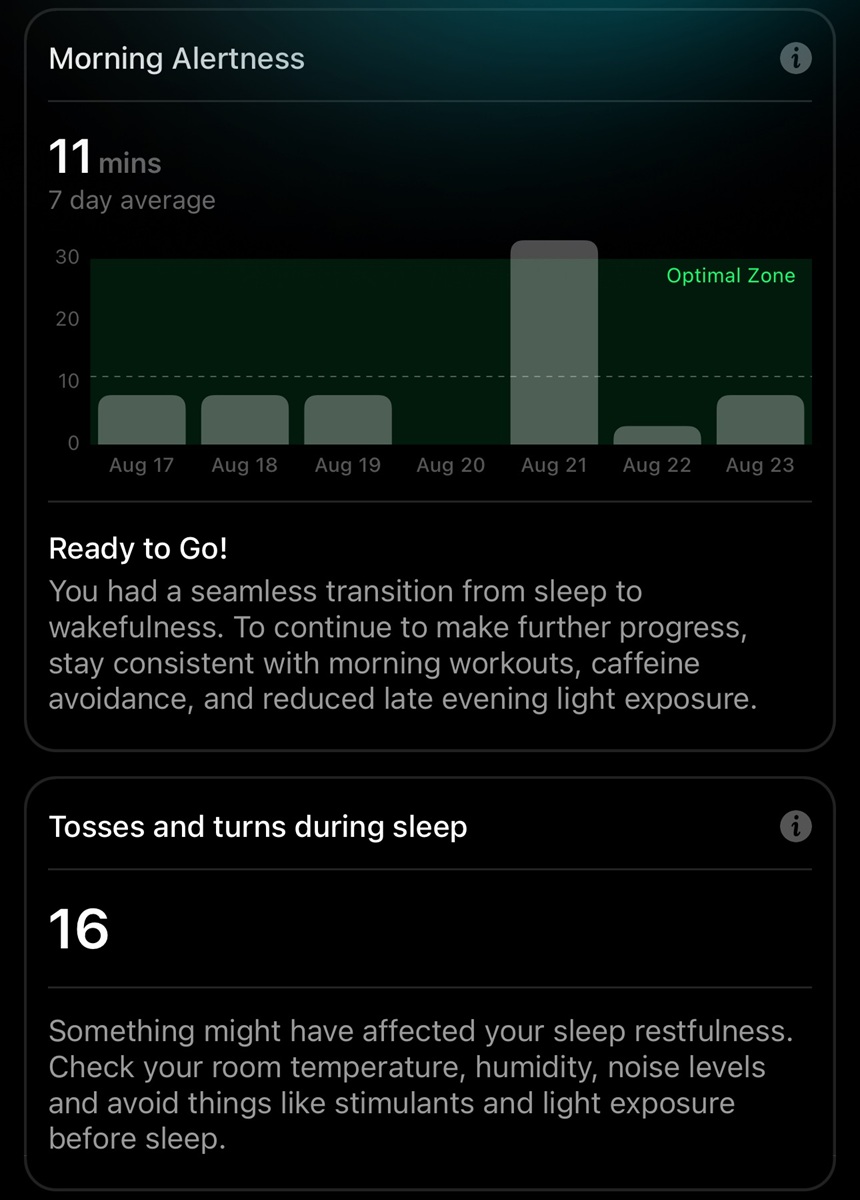
Women’s Health
One feature that stands out is the significant support the app provides for women’s health. Once you enter the date of your last period, it automatically maps out which phase you’re in throughout the month.
What makes it especially helpful is the way it explains who your biomarkers may shift, like body temperature, HRV, and resting HR, so you don’t have to go digging for answers.
Whether you’re using it to keep an eye on fertility or, on the flip side, watching for signs of RED-S, it’s a tool that can give you valuable insights into what your body is telling you.
Heart Rate Monitoring
You can expect the Ultrahuman Ring AIR to track your heart rate periodically throughout the day; however, nighttime is when it focuses on consistently tracking that data.
Again, when comparing HR to my COROS watch, the numbers were maybe only a few digits apart.
I’ve actually enjoyed being able to look back and see how my HR trends change during the week, depending on factors such as sleep, workouts, or even stress levels.
Another metric that’s part of HR tracking is Cardio Age. This basically gives a snapshot of your RHR, HRV, and VO2 Max.
Cardio Age is just a way to look at how efficiently your heart, lungs, and blood vessels deliver oxygen to your muscles during activity.
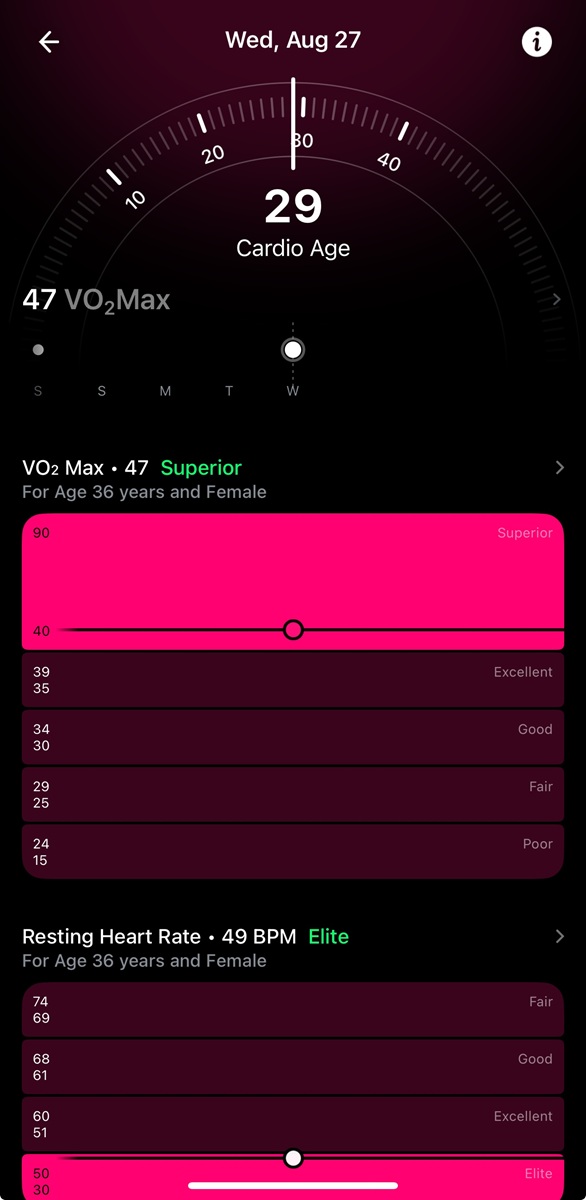
If you’re someone who geeks out on data and wants just a little more than what your watch is giving you, the Ultrahuman Ring AIR might feel like the missing piece.
But if you’re already overwhelmed trying to make sense of the basics, I wouldn’t recommend adding a smart ring to the mix.
At $349, it’s a serious purchase and not one you want turning into the most expensive drawer accessory you’ve ever owned.
What to read next?
- 7 Best Heart Rate Monitors for Running
- Racing And Running on Your Period | What You Need to Know
- Run Data Analysis | How To Use All that Info From Your Watch
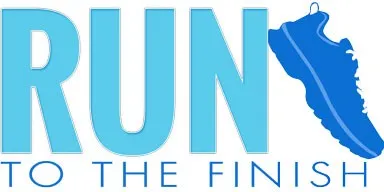


 Veloci Mesa Review | Can A Shoe Alleviate Lower Leg Pain?
Veloci Mesa Review | Can A Shoe Alleviate Lower Leg Pain?
